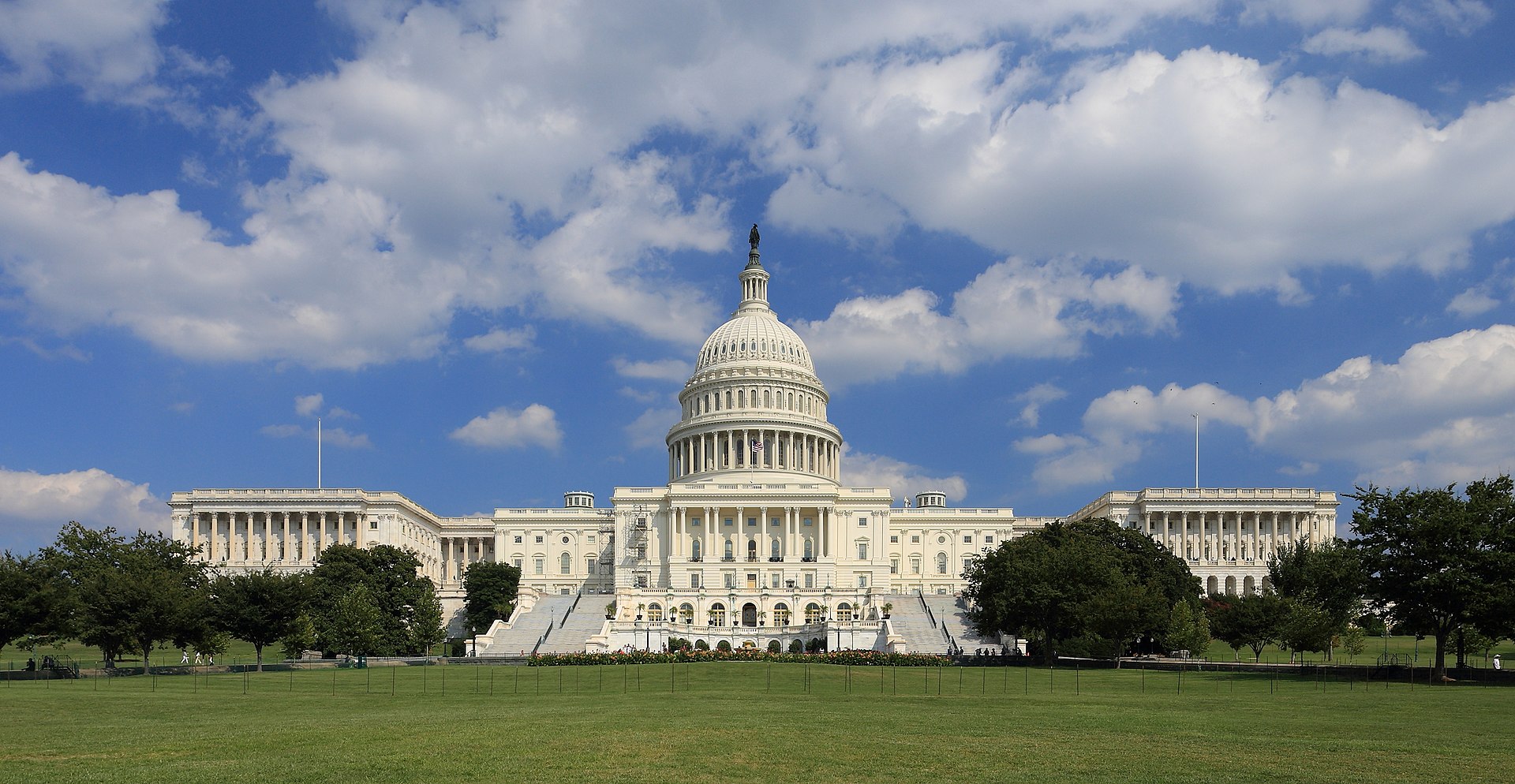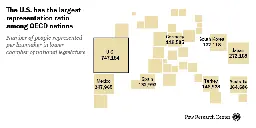
Uncap The House of Representatives
- Democracy, Refreshed: The House was supposed to grow with population. It didn’t. Let’s fix that.
As originally conceived, the House was supposed to grow with every decennial census. George Washington spoke just once at the Constitutional Convention — and on its final day — to endorse an amendment lowering the ratio of constituents to members to 30,000.
Today, House members represent roughly 762,000 people each. That number is on track to reach 1 million by mid-century.
- Uncapping
I had to do a web search to understand what uncapping meant... I guess its a sign that I dont follow these things very closely. :)
``` Uncapping refers to the idea of removing or raising the current cap on the number of members in the House of Representatives, which is currently set at 435.
The U.S. House of Representatives has had 435 members since 1913, except for a brief period from 1959 to 1963 when temporary members were added after Alaska and Hawaii became states. This number was capped permanently by the Permanent Apportionment Act of 1929.
The call for "uncapping" the House has been a topic of discussion and debate among some activists and political analysts. They argue that the fixed number doesn't accommodate the growth of the U.S. population, leading to decreased representation for certain states and citizens as the population grows. For instance, when the cap was set in 1913, each representative served about 210,000 constituents. Today, with the U.S. population over 330 million, each representative serves an average of around 760,000 constituents.
Advocates for uncapping or raising the cap believe it would provide better representation and make the House more responsive to the needs of a larger and more diverse population. ```
- U.S. population keeps growing, but House of Representatives is same size as in Taft erawww.pewresearch.org U.S. population keeps growing, but House of Representatives is same size as in Taft era
The U.S. House of Representatives has one member for every 747,000 or so Americans – by far the highest population-to-representatives ratio of any developed democracy.

The U.S. House of Representatives has one voting member for every 747,000 or so Americans. That’s by far the highest population-to-representative ratio among a peer group of industrialized democracies, and the highest it’s been in U.S. history.
- To Fix Congress, Make It Bigger. Much Bigger. | Washington Monthlywashingtonmonthly.com To Fix Congress, Make It Bigger. Much Bigger. | Washington Monthly
Radically expanding the House of Representatives would help solve some of the biggest problems facing Congress and, by extension, the country.

Radically expanding the House of Representatives would help solve some of the biggest problems facing Congress and, by extension, the country.
